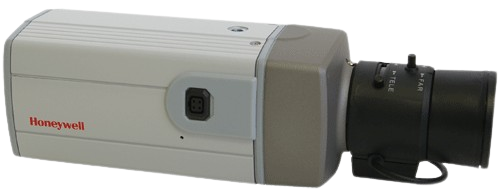Camera Systems and Technology
Focusing On What Matters
Our video security solutions include IP and analog cameras in dome and bullet configurations, digital and network video recorders, as well as intelligent video analytics and sophisticated video management systems.
Camera Systems and Technology
Video Camera Networks are installed and serviced for commercial and industrial customers. We also offer Total Connect Cameras that can be connected up to your security system and viewed over any internet connected device such as your smartphone.
There are many factors to consider when selecting a camera to protect your facilities. Things to consider when selecting a camera include, is the camera going to be installed on the interior or exterior of your facility, the type of camera and whether or not it is going to be conspicuous or concealed, the field of view, the resolution of the camera and the type of lighting where the camera will be used.
To learn more about the features that are important when selecting a security camera, view the camera technology brochure to see actual comparisons of a camera’s many features.
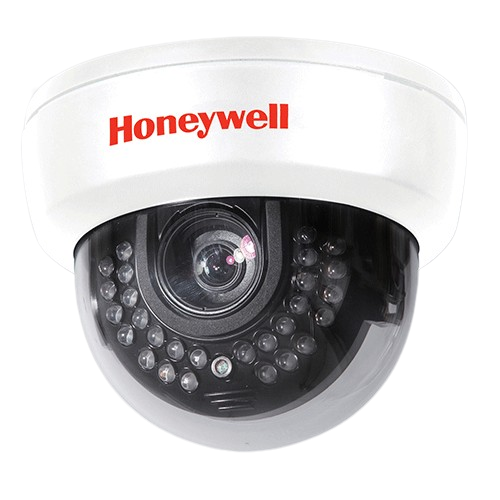
Dome Cameras
Dome cameras can be indoor or outdoor cameras and often include infrared illuminators to make it possible for the camera to see at night. The dome that surrounds the camera not only protects the camera from the elements, it also is often tinted dark to increase awareness of the camera while making it hard for someone to see which direction the camera is pointed. Dome cameras can be mounted on the ceiling, wall or on a pole and because of their ability to hide the wiring, they create a very clean appearance.
Bullet Cameras
Bullet cameras are typically used for outdoor installations where they are typically mounted to a wall. They have a fixed viewing direction once mounted, which makes the area under surveillance quite apparent to the public. Bullet cameras can include infrared illuminators for night vision and due to the size of the lens that they can be configured with, they are typically able to see over a long distance.
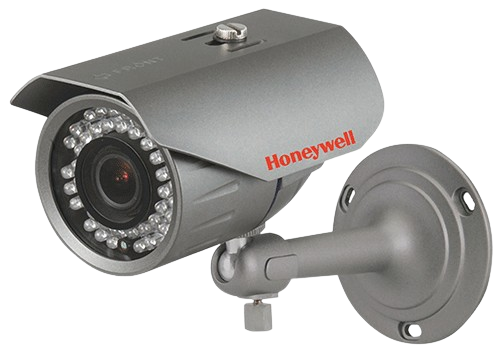
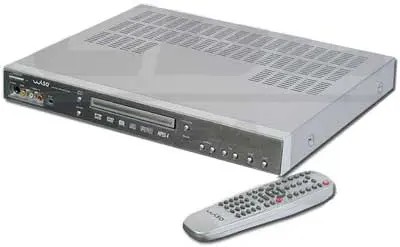
Digital Video Recorders
Dial One Security offers convenient, state-of-the-art digital recorders. We are proud to offer a product with cutting-edge technology for its customers: digital recorders. Digital technology has many benefits, and far exceeds the capabilities of old analog switchers, multiplexer and time-lapse VCRs. The equipment is easy to use and allows for simple setup, recording, retrieval and playback of recorded video. With digital technology, cameras create composite images, and digital recorders decode these images.
Digital recorders have many uses, such as monitoring hallways, parking lots, or entryways in apartment buildings or businesses. Digital technology allows for immediate retrieval of video, even for remote viewing. This will save the customer hours of time that would normally be spent reviewing a great deal of videotape. Digital technology is so advanced that it’s simple for someone such as a security guard to instantly pull up a specific time and date to monitor video activity. For instance, if they knew an incident had occurred between 3 a.m. and 5 a.m. on a given day, they could pinpoint the digitally recorded video from that date and those times right away and see what went on.
Digital recorders can quickly and easily search for events by location as well as date and time. Simultaneous recording and playback of prerecorded video also can occur while digital recording continues.
Another benefit of digital technology is that the customer can highlight a specific area on the camera’s field of view and search for movement within that area only. This significantly reduces the amount of time it takes to search for specified surveillance footage. Digital technology allows the user to search surveillance footage quickly to find the video needed, just as though the video were on the machine’s hard drive.
Virtually any type of camera can be used with a digital recorder. Standard cameras that operate with time-lapse VCRs easily convert for use with digital recorders. Small, covert cameras that are easily hidden can also be used for situations where discretion is needed. Customers can select the type of camera that best meets their needs and then combine it with the versatile digital recorder.
Digital equipment also offers an advantage with tape archiving, video may be kept virtually forever. Digital images are of very high quality, and can be enhanced and copied many times without losing detail. Software allows a Windows-based PC or laptop access to your system’s live cameras and recorded video. View live video in a single, 2×2, 3×3, or 4×4 format. Immediately retrieve video searching by time, date, location, camera and more.
Network Video Recorders
Dial One Security offers numerous Networked Video Recorders (NVR).
NVR vary from DVR by the way that they collect the video images. In a DVR video images arrive at the DVR by analog coax or by analog twisted pair. The video may be able to be viewed over an intranet or the internet but the dvr is still recording traditional analog cameras.
With a NVR the video normally arrives via the local area network (LAN). The NVR may be configured to run on a dedicated box , or on a computer, or with larger systems on multiple computers. NVRs can work with IP cameras or with IP Camera Servers that are connected to traditional analog cameras.
Video Analytics can be more easily integrated into NVR systems.
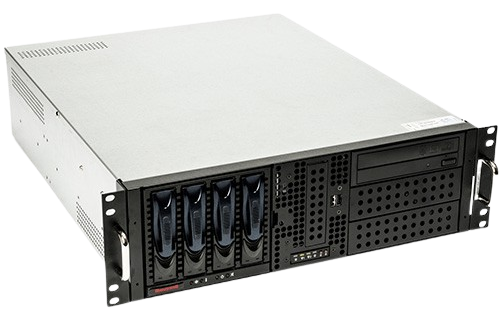
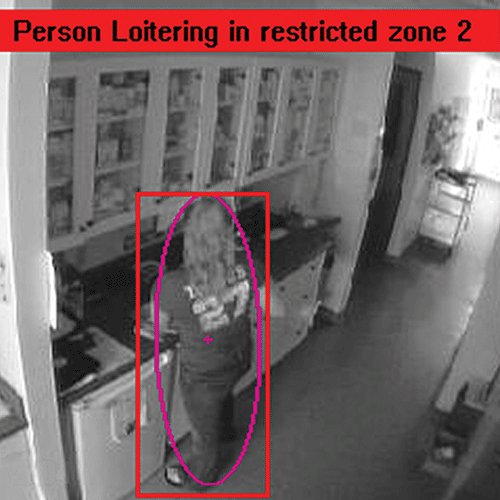
Video Analytics
Video Analytics, or Intelligent Video Surveillance (IVS), facilitates businesses’ ability to monitor their buildings and areas for threats from intrusions. IVS software examines if movement and changes in live or recorded video pose a potential or definite threat. The software examines the changes in the video’s pixels. Motion is detected when many pixels are changing in one area. Users can be notified of the motion via e-mail, text message, alarm or by having the area recorded in high resolution. Basic IVS applications include the detection of loitering, illegal parking, unwanted presences and more. Sophisticated applications include detecting removed items, packages left behind and tracking of moving people or vehicles. A number of benefits are inherent in IVS software, such as real-time video monitoring, improved surveillance quality, decreased labor costs, accurate detection and easy implementation.
Network IP Cameras
Live video can be viewed over the internet and from anywhere on a computer network due to the development of Network IP Cameras, the outcome of a technological shift from analog Closed Circuit Television (CCTV) to IP (internet protocol) based CCTV. Analog CCTV required analog cameras, coaxial cable and video recorders. Shortly before the advent of Network IP Cameras, the older technology became increasingly digitized as Digital Video Recorders (DVRs) were connected to the analog cameras and PCs were used for image display. Now Network IP Cameras eliminate coaxial cable networks by being directly connected to existing IP networks or having IP networks installed to specifically handle the video. With a completely digital system, all the user needs is a Web browser to manage cameras and view images and network cameras to record video signals. For those who prefer to maximize their previous investments to analog cameras, devices called Video Servers can be installed that digitize signals from the existing analog cameras and serve them onto the IP network. This allows the existing analog cameras to operate as networked IP Cameras.
